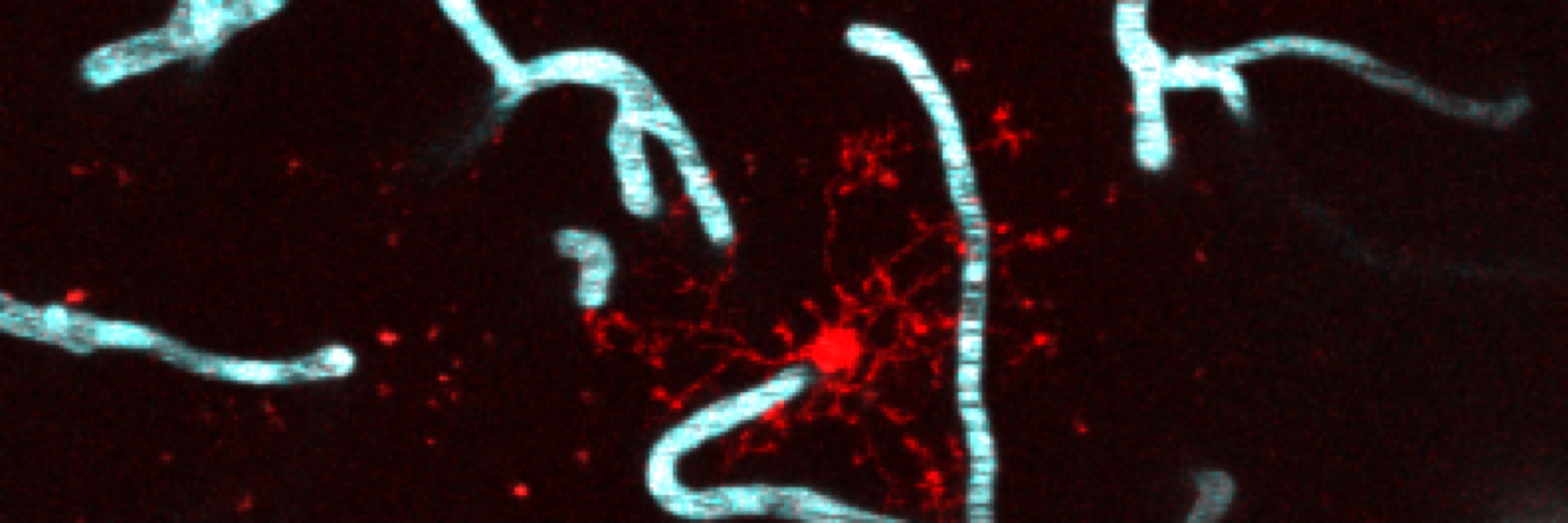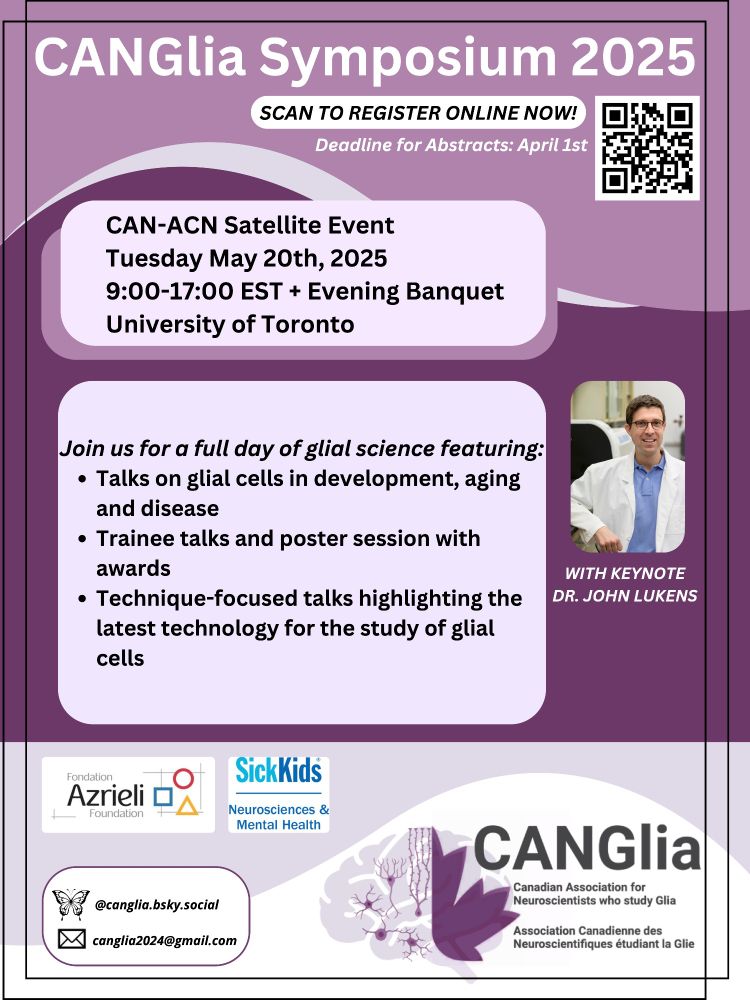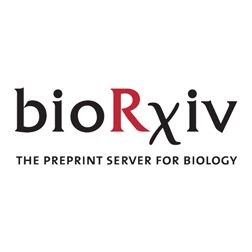Craig Brown
@craigedbrown.bsky.social
480 followers
270 following
19 posts
Professor at University of Victoria. Interested in neuroscience, brain repair, stroke, diabetes, microcirculation, inflammation.
Lab website: https://www.brownlabatuvic.com
Posts
Media
Videos
Starter Packs
Pinned
Craig Brown
@craigedbrown.bsky.social
· Nov 16

A pathogenic role for IL-10 signalling in capillary stalling and cognitive impairment in type 1 diabetes - Nature Metabolism
Interleukin-10 promotes the formation of microcirculatory defects in the brain associated with cognitive impairment in a mouse model of type 1 diabetes.
www.nature.com
Craig Brown
@craigedbrown.bsky.social
· Jul 8

Repeated naloxone-induced morphine withdrawal alters blood brain barrier and blood spinal cord barrier integrity in mice - Molecular Brain
Passage of molecules across the central nervous system is tightly regulated by the blood-brain barrier (BBB) and blood-spinal cord barrier (BSCB), which restrict entry of many substances, including op...
molecularbrain.biomedcentral.com
Craig Brown
@craigedbrown.bsky.social
· Jun 27
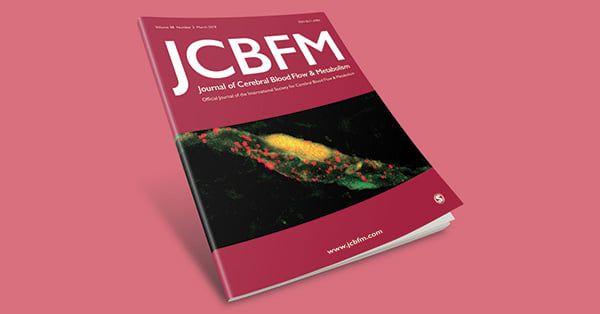
Capillaries susceptible to frequent stall dynamics revealed by comparing OCT and bessel-2PM measurements - Rockwell P Tang, Shannon Kelley, Gülce Küreli, Emily A Long, Piergiulio R Bressan, Shashwat S...
Transient stoppages of red blood cell (RBC) flow through capillaries—termed capillary stalls—occur persistently in neurological disorders such as Alzheimer’s di...
journals.sagepub.com
Craig Brown
@craigedbrown.bsky.social
· Jun 13

Neuroscience grad makes stroke recovery discovery - Faculty of Health - University of Victoria
A neuroscience graduate whose research focuses on improving the recovery of stroke survivors has been awarded best master’s thesis at the University of Victoria. Kamal Narayana received the Lieutenant...
www.uvic.ca
Craig Brown
@craigedbrown.bsky.social
· May 27
Craig Brown
@craigedbrown.bsky.social
· May 27

Retrograde and anterograde trans-synaptic viral tracing of neuronal connections reveals local and distant effects of ischemic stroke on dendritic spines - Myrthe Van Sprengel, Jenna Butterworth, Patri...
Focal stroke leads to complex neurological disturbances with variable recovery. One explanation for this variability is that stroke disrupts local and remote ne...
journals.sagepub.com
Reposted by Craig Brown
Immunity
@cp-immunity.bsky.social
· May 1
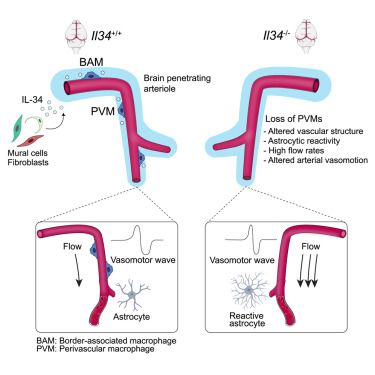
Interleukin-34-dependent perivascular macrophages promote vascular function in the brain
The niche signals critical for the homeostasis and functions of the brain border-associated macrophages (BAMs) are not well understood. Van Hove et al. demonstrate that BAMs require IL-34 derived from mural cells and perivascular fibroblasts for their maintenance in adulthood. They show that BAMs are required to promote normal vascular function in the brain.
dlvr.it
Reposted by Craig Brown
Craig Brown
@craigedbrown.bsky.social
· Mar 22

Functional and structural profiling of circulation via genetically encoded modular fluorescent probes
Sustained labeling of fluids is crucial for their investigation in animal models. Here, we introduce a mouse line (Alb-mSc-ST), where blood and interstitial fluid are labeled with the red fluorescent ...
www.biorxiv.org
Reposted by Craig Brown
Craig Brown
@craigedbrown.bsky.social
· Feb 27

Glycocalyx dysregulation impairs blood–brain barrier in ageing and disease - Nature
Disruption of mucin-domain glycoprotein expression and function in the endothelial glycocalyx are associated with ageing and Alzheimer’s disease, leading to dysregulated blood–brain barrier function.
www.nature.com
Craig Brown
@craigedbrown.bsky.social
· Jan 30
Reposted by Craig Brown
Catherine Hall
@cathnaledi.bsky.social
· Jan 30
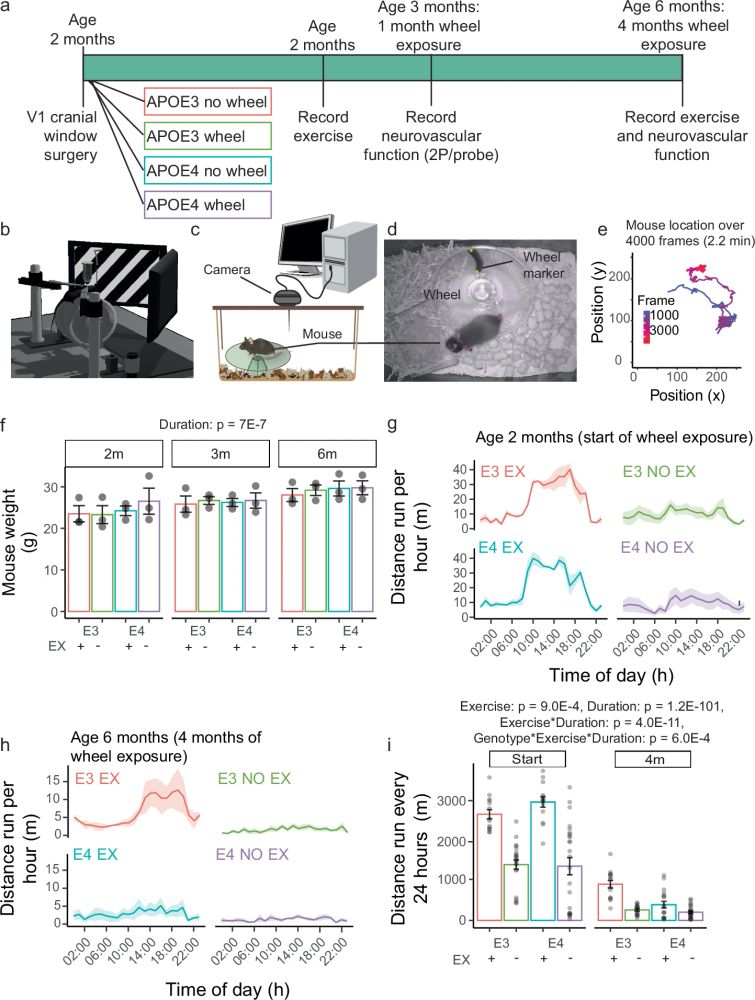
APOE4 and sedentary lifestyle synergistically impair neurovascular function in the visual cortex of awake mice
Communications Biology - Lifestyle matters for genetic Alzheimer’s disease risk: In vivo imaging of mouse blood vessels and neurons shows that APOE4 reduces neurovascular function most in an...
rdcu.be
Craig Brown
@craigedbrown.bsky.social
· Jan 8

The pathobiology of neurovascular aging
As the population ages, neurovascular pathologies have become leading causes of death and disability. Santisteban and Iadecola review data showing that neurovascular aging not only reduces cerebral blood flow but also impairs protein clearance, immune function, and neurotrophic homeostasis, thereby increasing the risk of stroke, vascular dementia, and Alzheimer’s disease.
www.cell.com
Reposted by Craig Brown
Craig Brown
@craigedbrown.bsky.social
· Dec 2

Optogenetic rewiring of thalamocortical circuits to restore function in the stroke injured brain - Nature Communications
Stroke recovery requires circuit reorganization and therapeutic efforts have focused on rewiring cortical circuits after stroke, but what about thalamic inputs? Here, the authors examine how thalamoco...
www.nature.com
Craig Brown
@craigedbrown.bsky.social
· Nov 29
Craig Brown
@craigedbrown.bsky.social
· Nov 28
Craig Brown
@craigedbrown.bsky.social
· Nov 28
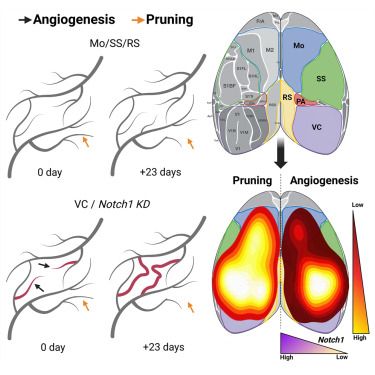
Angiogenesis in the mature mouse cortex is governed in a regional- and Notch1-dependent manner
The angiogenic capacity of the mature healthy brain and its underlying mechanisms
are unclear. Raudales et al. show that rates of cerebral angiogenesis follow regional
gradients and are regulated by e...
www.cell.com
Reposted by Craig Brown
